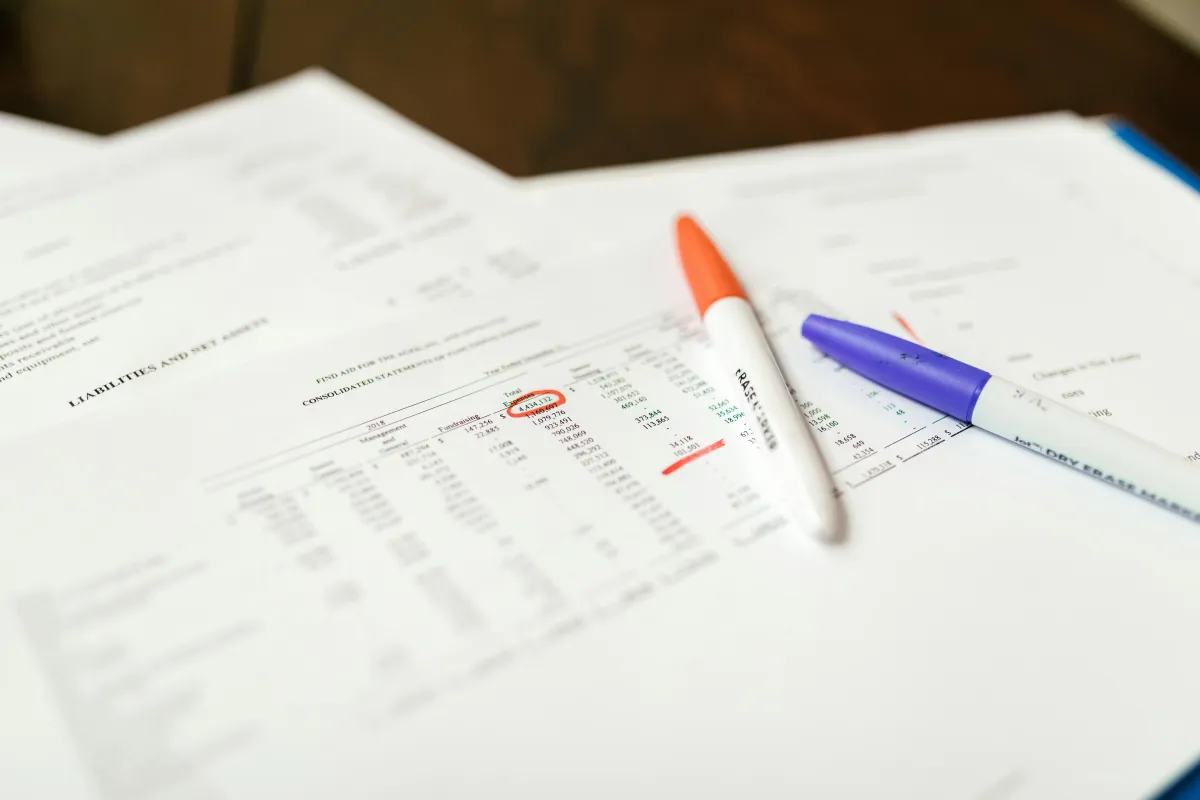
Why Your P&L Isn’t Telling the Whole Story
Why Your P&L Isn’t Telling the Whole Story
Let’s talk about a common moment in business ownership:
You open your Profit & Loss statement. It says you made a profit last month. Great.
But your bank account feels… empty.
Where did the money go?
This is one of the most common financial disconnects we see. And it’s not because business owners are bad at math. It’s because the P&L isn’t meant to show the whole picture. That’s what your balance sheet is for.
What Your P&L Actually Shows
Your Profit & Loss (or income statement) tracks:
● Revenue (what you brought in)
● Expenses (what you spent to earn that revenue)
● Net profit (what’s left after those expenses)
It tells you how your business performed over a period of time. But it leaves out some crucial details.
What the P&L Doesn’t Include
Let’s break down a few key things that your P&L ignores:
1. Debt payments
Only the interest on loans shows up on your P&L. The actual principal you’re paying down? That’s on your balance sheet.
2. Owner draws
The money you pay yourself (as an owner, not on payroll) doesn’t show up as an expense; it reduces equity, which lives on the balance sheet.
3. Asset purchases
If you bought a $15,000 piece of equipment, it’s not an expense; it's an asset. That means your P&L might look great, while your cash flow took a hit.
4. Taxes and liabilities
Unpaid taxes, outstanding invoices, and loan balances live entirely on the balance sheet. So if you only look at your P&L, you're missing your actual obligations.
Why This Matters
If you’re only looking at the P&L, you might think you’re more profitable or more stable than you really are. That’s how businesses get caught off guard:
● Feeling cash-poor despite a “profitable” month
● Forgetting to plan for debt payments or tax bills
● Misunderstanding where the money is actually going
The Balance Sheet: Your Financial Reality Check
The balance sheet tells you:
● What you own (assets)
● What you owe (liabilities)
● What’s left (equity)
It’s a snapshot of your financial position at any given time. And when you use it together with your P&L, you finally get the full story.
At Tidybooks, we walk our clients through both because your numbers should help you make decisions, not confuse you.
We don’t expect you to become a financial analyst. We just make sure you’re looking at the right data, at the right time, with the right guidance.
If your business “feels off” even when your P&L says you’re doing great it’s time to dig deeper.
You deserve to see the whole picture. We’ll help you get there.